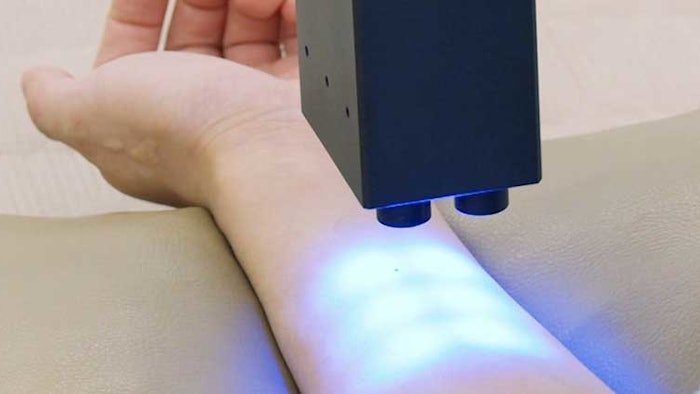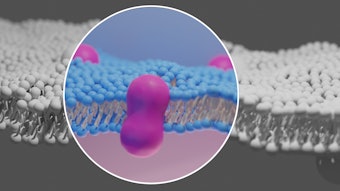
The Anti-Pollution Research Center of Amorepacific R&D Center has reportedly developed the first clinical evaluation method for blocking blue light from reaching the skin.
Related: Report: 64% of Consumers Unaware of Blue Light Impact on Skin
Published in August 2020, the research paper researches the harmful effects of blue light on the skin, the development of clinical devices, verification of the efficacy of blocking agents and more.
As stated in the report, blue light has the shortest wavelength and the strongest energy among all types of visible light and prolonged exposure to this type of light has been analyzed to have harmful effects, such as sleep disturbance and damage to vision. Blue light can have detrimental effects on the skin as well, including skin pigmentation and reductions in skin elasticity and moisture; however, there had not been any clinical research that had concretely proved the harmfulness of everyday blue light exposure to the skin.
Cho Hong-ri, a senior researcher of the Anti-Pollution Research Center in Amorepacific R&D Center, has developed a device that can detect blue light wavelengths that are harmful to the skin and can clinically evaluate blue light blocking performance at those wavelengths. The device produces blue light wavelengths that modern people are often exposed to due to artificial lighting emitted by smartphones, TVs, etc. By adjusting the intensity and time of light, the device also makes it easier to conduct clinical evaluations on skin damage that people can experience in their daily lives due to exposure to the blue light.
Previously: 3 Antioxidants from Nanovetores Combat Blue Light
Through an experiment using the clinical device, Amorepacific revealed that blue light with a wavelength of 456 nm causes skin pigmentation. Based on the finding, it was tested whether a blue light blocker itself can prevent skin pigmentation with the company subsequently proving the blue light blocking effects of the blocker, measuring of changes in melanin index values, etc.
Moving forward, Amorepacific plans to conduct further research on the environmental effects and the resulting changes in skin and continue developing products to protect the skin health of customers around the world.
This research is published in The Journal of Cosmetic Dermatology.











